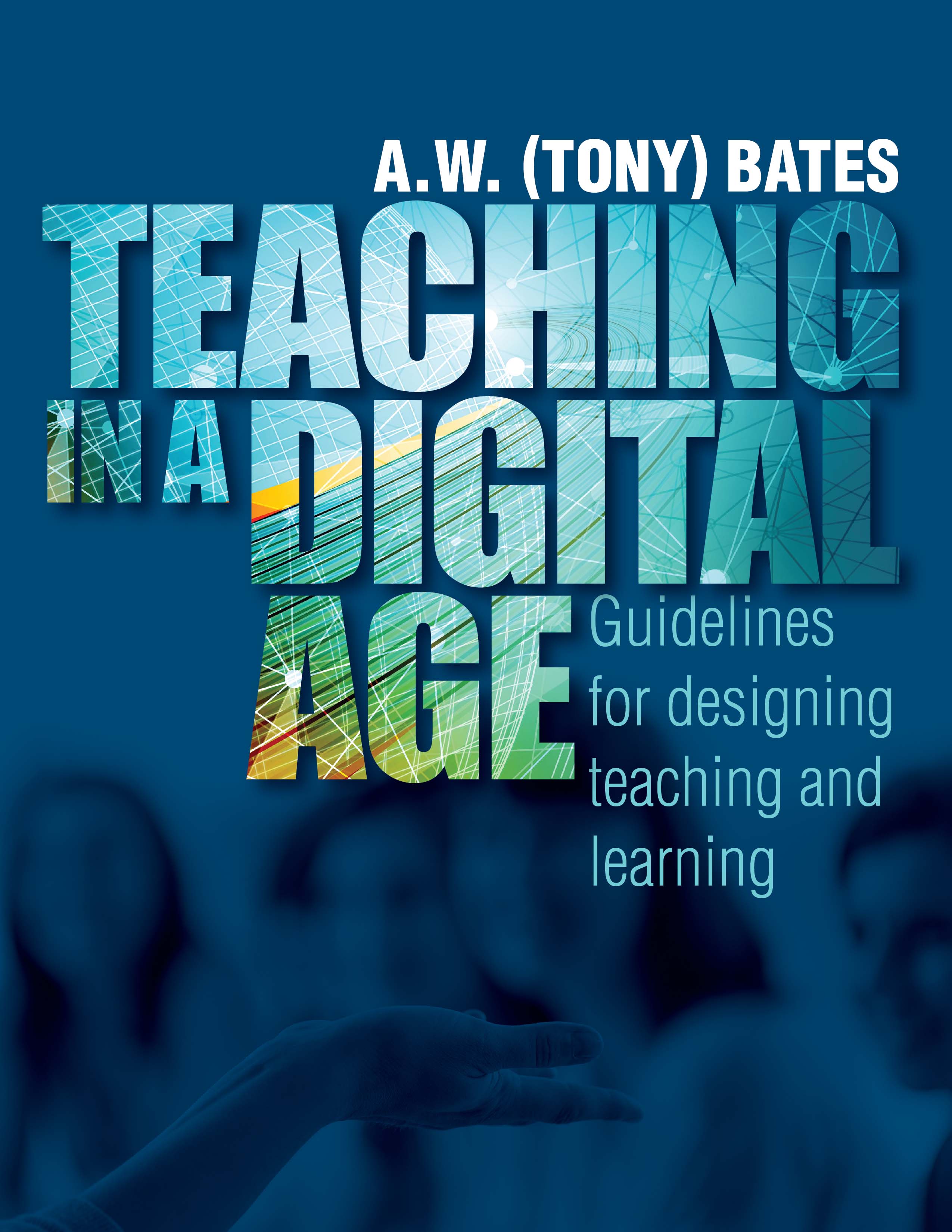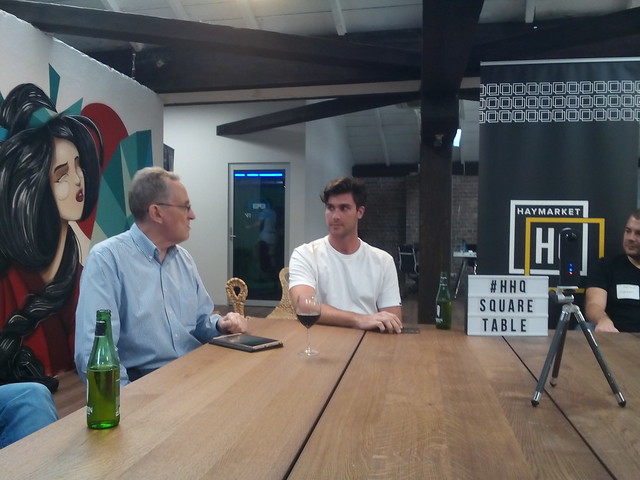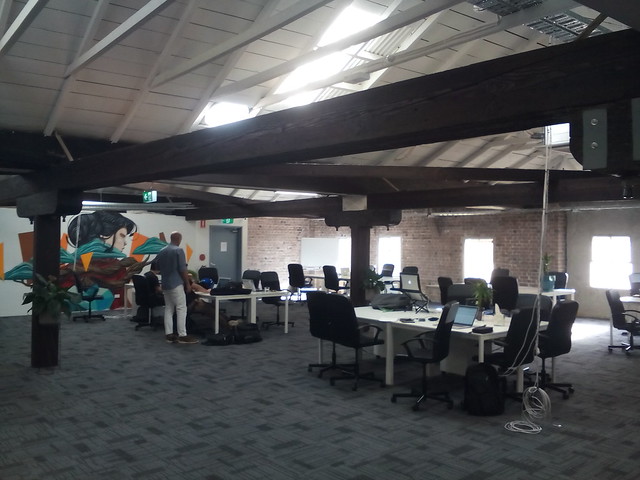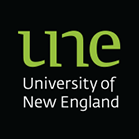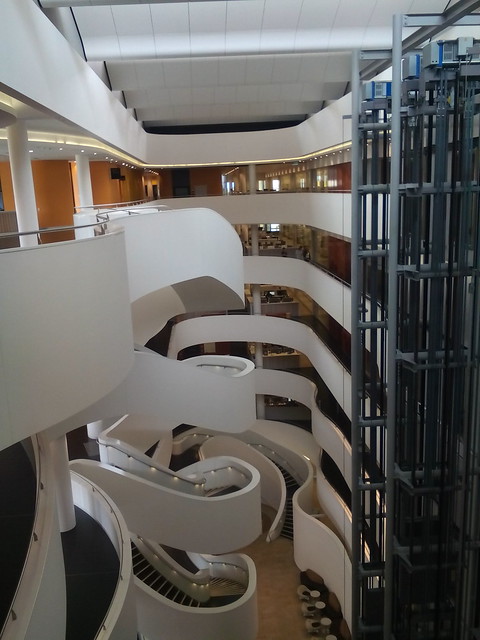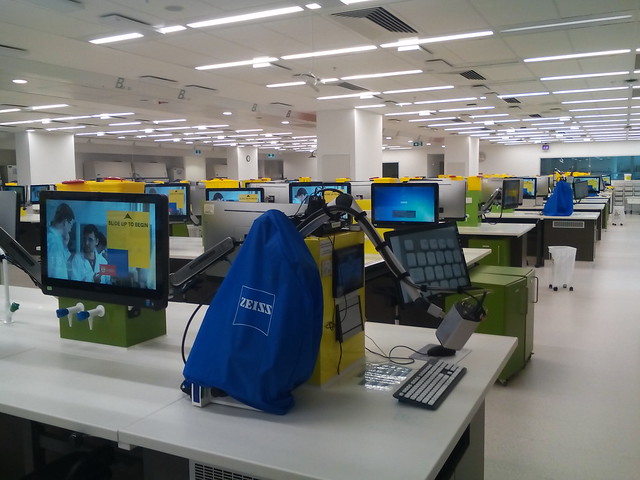 Athabasca University
Athabasca University (AU) and the Government of Alberta have appointed
Dr. Ken Coates (University of Saskatchewan), to lead a
review into how to make the university financially viable. This follows a
report in 2015, which warned of insolvency by 2016/2017.
Students are to be consulted and Dr. Coates is to report by 30 April 2017. However, it is not clear when, or if, the final report will be made public. The previous report was not officially released, with students, having to read a copy leaked to the media. After reading media reports on AU's financial viability and seeing no response from the university, I decided to accelerate my studies to complete by the end of
2016, while there was still a university to graduate from.
The inquiry was announced the same day Athabasca University awarded me a degree. This is ironic, as I had studied
how to design cost-effective higher education, under leaders in the field from the
AU Centre for Distance Education. Perhaps the executive of AU could look to its own experts in the field of distance education for advice on what to do.
AU is not alone in having to re-think strategies: universities,
vocational colleges and private education providers around the world are having difficulties (including
Pearson, the world's largest private provider). It is also ironic that AU is having to respond to the "disruption" to
the eduction system, caused by the on-line education revolution it
helped pioneer.
AU
is a worthwhile institution and it would be unfortunate if it was to
close down. As a graduate who studied how to design and resource such
institutions (and designed one of AU's courses:
Green ICT Strategies COMP 635), it seems reasonable to make some suggestions.
Athabasca
University brands itself as "Canada's Open University" offering on-line
and distance
education to students across Canada and around the world. I was
attracted to the institution because of this open and on-line approach.
AU's openness permitted me to enroll and the on-line approach meant that I could study from Canberra.
Some issues:
Local Customization
I suggest AU could model is recovery on the
Suzuki Ignis car, which offers a reasonably priced customizable alternative to the BMW Mini.
Higher education, and distance education in particular, is like
building a car: long lead times are needed for course design and testing, with
the product having to be sold for years to recover the cost of
development. Car companies build the same car for a decade, refreshing their models every few years with minor updates (such as revised bumpers and entertainment systems). They
also offer options for the customer.
One of the
annoyances with DE courses is that they can be run for years without even minor updates. It
is annoying to find hypertext links in course notes which do not work,
and apparently have not worked, for years. Like cars, courses need a minor refresh every year or so.
Continuing the car analogy, BMW offer more than
ten million possible combinations
of options for their Mini car. However, most of these options must be
installed in the factory during the car's construction, which increases
the cost and slows down delivery. In contrast, Suzuki offer options
which can be fitted by the local dealer, making it cheap and quick. I
suggest that AU can do something similar with education. This would see core programs and courses able to have options added.
AU could make more and earlier use of e-portfolios to provide flexibility. As a coursework student I was told at the start of the course I would have to do a capstone e-portfolio at the end. But it was only in the last term I was required to do something about it. This could be changed to see the beginning student designing their program with the help of the portfolio and planning to incorporate learning beyond the set courses. The problem with such an approach has been the increased staff supervision required. However,
improvements in software which reduce the administrative burden and teaching techniques, which see students taking responsibility for their learning, can reduce staff costs.
Scale
Alongside the Open University UK, Athabasca
University appears frequently in the research literature on e-learning.
However, AU does not have the scale of OUUK.
OUUK has about 170,00 students, while
AU has about 41,000 students. AU must become larger, either on its own, or by federating with other institutions.
Government Regulation and Funding
The closest
Australian equivalent to AU is the University of New England (UNE),
located in inland New South Wales, with 21,000 students. UNE predates AU
and acted as a model for the distance education techniques
adopted by OUUK and others. However, like AU, UNE has had difficulties due to
its reliance on a distance education model, which does not fit with the
way governments fund universities. Australia also has several other
regional inland universities which offer on-line courses, but these have multiple campuses, including campuses in city capitals.
UNE
has had several attempts to make the pure DE model work. In one
variation, the institution proposed to un-bundle tuition. The idea would
be that a student could have a low cost course where they just paid for
course materials and assessment: if they needed tuition, that was an
optional extra. This approach did not work, because it conflicted with
the full-service assumptions of government education policy, did not
meet student expectations and the fee cut was not sufficient to
make it attractive to students.
AU should not make the mistakes of UNE and offer products which the students can't understand, or waste time complaining the government does not understand DE. AU needs to offer programs attractive to students and which are viable with the regulatory environment.
Integrate MOOCs
MOOCs were a Canadian invention intended to genuinely improve education. However, they have become largely a marketing tool, to promote for-fee courses using free samples. AU needs to come to terms with this, without devaluing its quality DE offerings.

